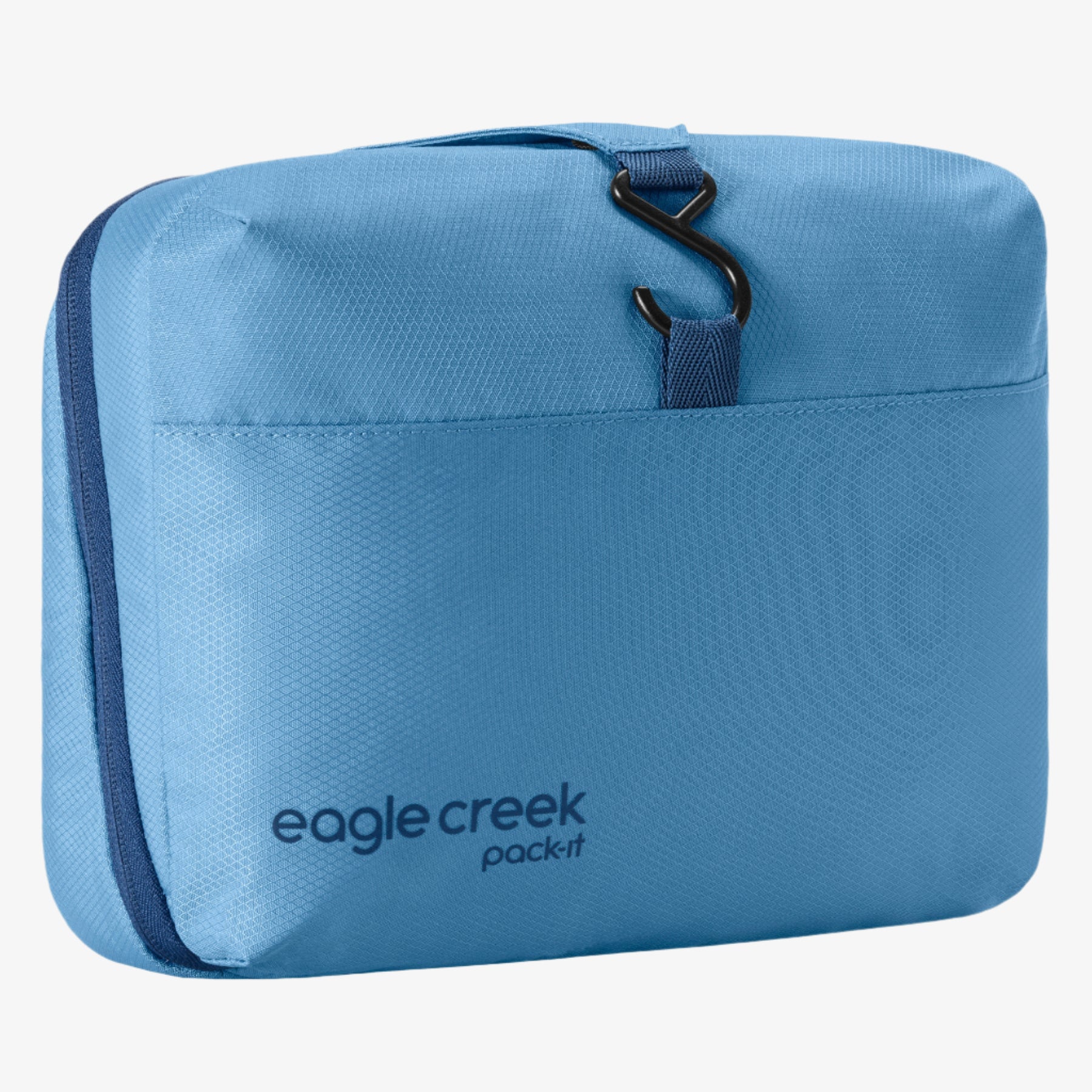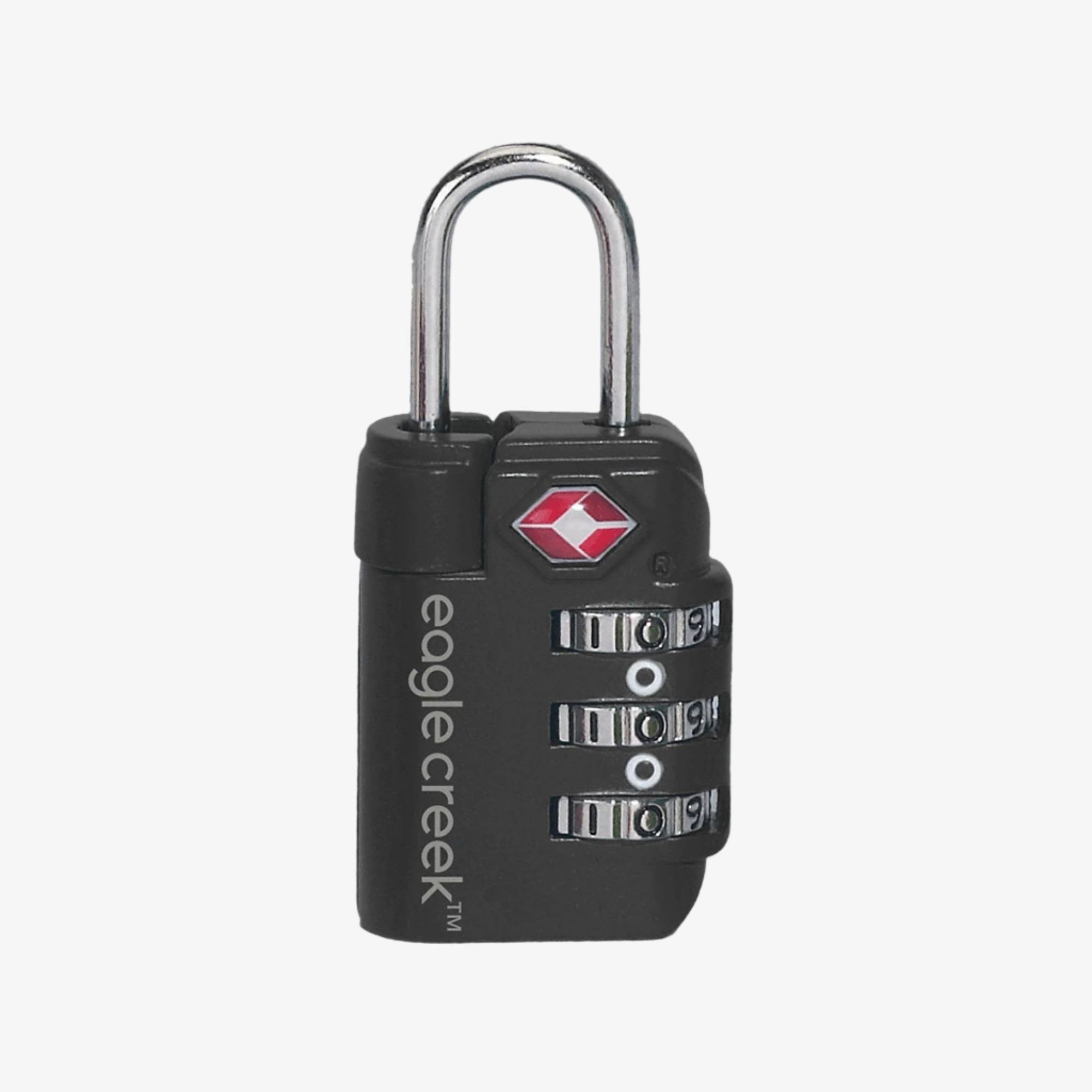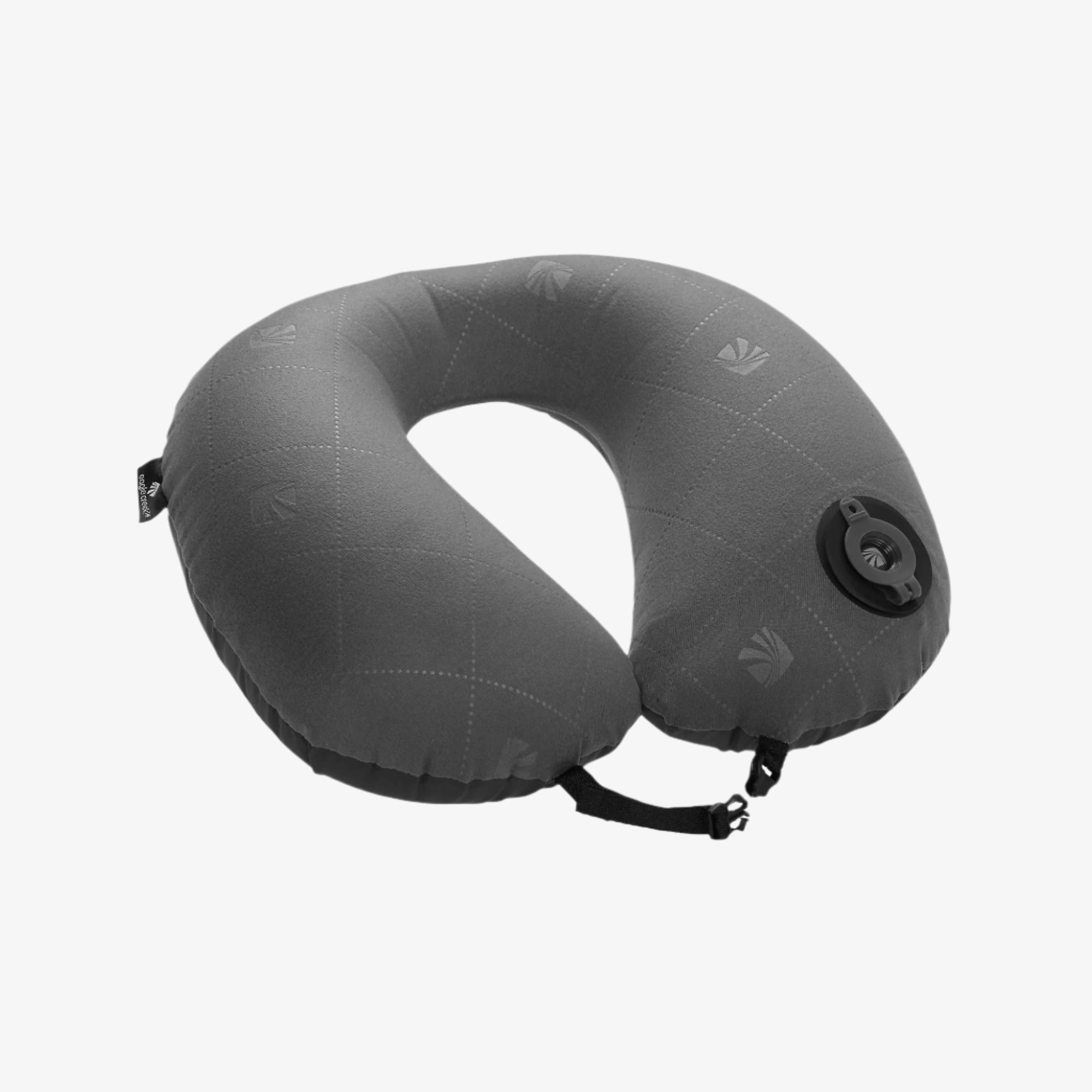Packing For a Family Trip to Canada

Packing for an extended family road trip through Canada might feel like a daunting task, but it doesn't have to be. Here are a few simple solutions—from my family to yours.
For many years, the emerald blue waters of Lake Louise in Banff National Park, the towering, snow-covered spires of Bugaboo Provincial Park, and the immense glaciers and wildlife of Alberta, Canada, have taunted me from afar. They’ve spoken, “Come,” like a siren song for my adventure and mountain-loving heart.
Alberta, Canada, is home to the dynamic and diverse Canadian Rockies, a truly rugged mountain range composed of gigantic summits, glacier-fed lakes, and sweeping waterfalls. Chances are, you’ve seen the clear blue waters of Lake Louise or heard tales of the black bears and grizzly bears that frequent the area.
This year is now the year I get to visit and the open road awaits. I’ve booked a place to stay and now I just need to pack…for my whole family of five!
Sometimes, to be honest, I don’t even know where to start. But I created the following list, which made packing much easier. If you're preparing for a family trip to Canada, steal these tips so you can stress less and streamline the process.
1. Determine what adventures await.
I start by asking a simple question: Why are we going and what activities will we be taking part in? For months, I’ve been bookmarking adventures that sound fabulous, including hiking to waterfalls, paddling in lakes, and even rock climbing crags. I am not the type to plan out an itinerary for a whole trip, or even part of it. But a general plan aids in packing.
The bulk of our time will be spent hiking. We're going on a mixture of short hikes and long hikes to summit peaks, and we're even taking a backcountry trip into the Bugaboos. I also have plans of mountain biking around Canmore, Alberta, and paddling various alpine lakes in the area.
So I wrote down a list of items, which includes our inflatable Stand Up Paddle Board and PFDs (personal floatation devices) for the whole family (yes, even the pups). We will also need car camping gear for nights in Glacier National Park, backpacks for hiking, hydration packs for trail running and mountain biking—not to mention the bikes, helmets, and climbing gear!
2. Pick the correct luggage.
Beyond just knowing what to pack, figuring out how to pack our clothing and gear is equally important.
The right bag for the trip varies greatly among travelers. Some people prefer duffel bags and others use large plastic bins. However, one thing is key: organization. I learned quickly after having a few kids that the more organized I am, the better our experience. Keeping items neatly compartmentalized also lets us fit more in our car or trailer, access the gear we need more quickly, and decrease everyone’s stress.
So what are the specifics to organizing our gear? First, we pack our clothing in versatile, durable suitcases. We prefer to use wheeled, rolling trunks or suitcases, so even our young kids can help unload the car at destinations.
Secondly, we organize gear into large, rugged duffel bags, according to activity or need, rather than by person. For example, all the rain gear and down jackets go in one duffel, allowing us to pull out one bag when it starts pouring, rather than five different bags. (Inevitably that would require us to unpack the whole car!) Similarly, we have a paddling/water sport bag, a climbing bag, and even a shoe bag!
3. Pack many layers for all types of weather.
According to locals, the weather in Canada is largely unpredictable, ranging from freak snowstorms in the mountains to hot days at lower elevations during July and August. In general, high temperatures during the popular summer months are around 65 degrees Fahrenheit and the lows overnight are in the 40s.
The key is to layer multi-use clothing. Seek out clothing items that are comfortable for walking, hiking, or paddling. Make sure to include quick-dry clothing for hiking and camping. Bring warmer layers like wool socks, fleece tops, and lightweight synthetic or down jackets to layer over the top, just in case it becomes chilly.
Are you planning a glacier walk? If so, waterproof hiking shoes are necessary. Are you planning a boat tour or renting kayaks one day? Toss in a pair of water sandals and keep your shoes organized in a separate bag or shoe organizer to keep the rest of your clothing free from mud.
Looking for more information? Check out Eagle Creek’s Ultimate Packing List!
Related Links (from Eagle Creek blog)
3 Educational Trips the Family Will Actually Enjoy






































